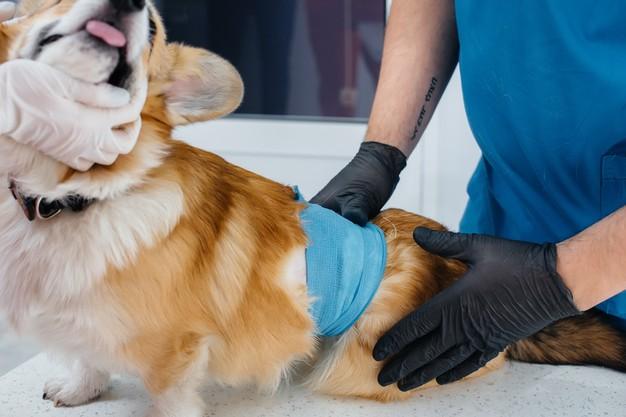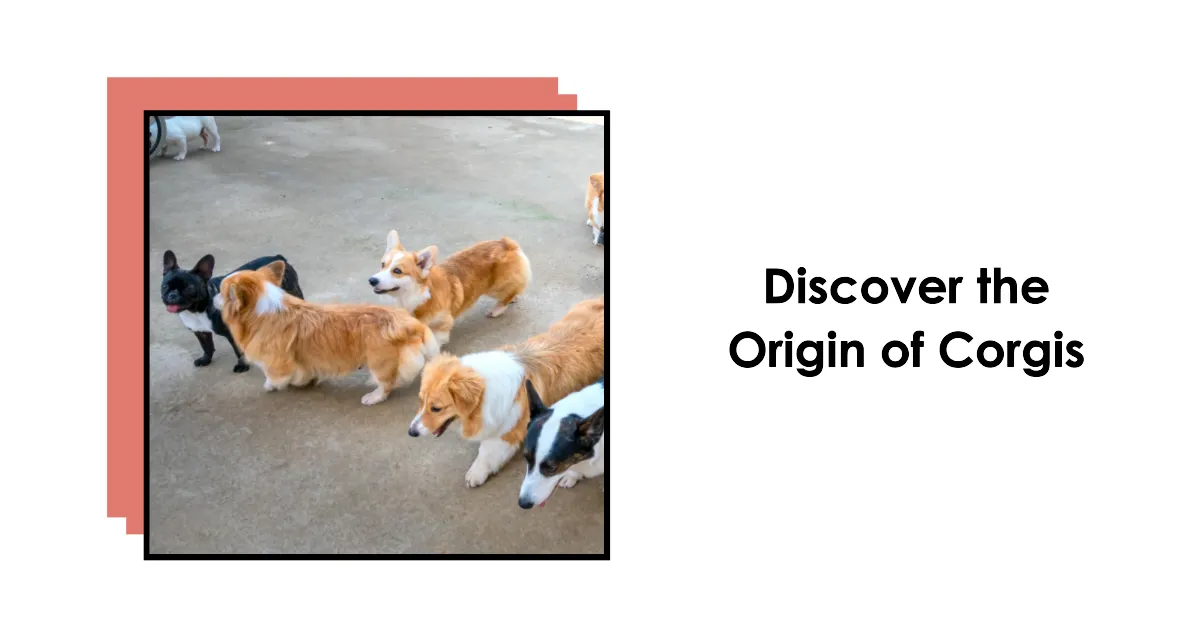Common Corgi Back Problems

Introduction
Corgis are one of the most popular dog breeds in America. This is made possible due to their peculiar body shape, which gives them the dwarf dog look. Their head and body resemble a regular-sized dog, but their legs are comparatively smaller. Their small size puts them in a bit of a pickle. As a result, they are prone to various back problems, leading to paralysis, loss of motor function, and even death in some cases. Let us know more about these illnesses and learn ways to prevent them.
Why Do Corgis Have Short Legs?

The prime reason for people going crazy for Corgis is their small stature. This trait makes them look extremely cute. It is a result of years of genetic mutation (Due to the gene FGF4). In addition, they have a condition called chondrodysplasia which is responsible for their dwarfness. Both the Cardigan and Pembroke Welsh Corgi have these traits.
Their short legs posed a significant advantage when herding, and it eliminated the risk of getting injured by stray kicks when running behind animals larger than them. Modern corgis are usually up to just one foot in height.
However, a long body and short legs don’t go hand in hand. This weight imbalance puts a great deal of stress on their spine. For Corgis, even simple tasks like climbing stairs, jumping on the sofa, and climbing around became dangerous as they put a lot of pressure on its back and hips.
Owing to this, corgis are prone to diseases like Herniated discs, Hip Dysplasia, Degenerative Myelopathy etcetera. Therefore, when buying a corgi pet, you should ensure that your pet has cleared all the health checks, as the treatments of such diseases will burn a hole in your pocket. Nonetheless, as the saying goes, prevention is better than cure; it will be better to know about these defects beforehand and spot the symptoms before it’s too late.
Common Back Problems
1. Intervertebral Disc Disease
This musculoskeletal issue is quite common in corgis. Also known as IVDD, this disease strikes the vertebrates which connect the entire spinal cord. This causes extrusion/protrusion of the discs, which results in severe pain and even paralysis in some cases. This condition can be further categorized into:
Hansen Type I Disease
In this disease, the flexibility of the spine is compromised. It occurs in dogs up to two years of age. Leading to extrusion of the disc, this condition weakens your Corgi’s disc to its core.
Hansen Type II Disease
Type II is much like type I, except, in this case, the disc protrudes instead of extrusion leading to compression and bleeding. Again, dogs who are between 5-12 years of age suffer from this.
Hansen Type III Disease
A lumpy walk characterizes this disease. Luckily, this disease does not require surgery. It is also known as high-velocity low-volume disc disease.
Symptoms & Treatment
Mild pain, paralysis, neck pain or stiffness, pain in the back, sensitivity to touch, lameness, arched back, stilted gait, reluctance to rise, and tremors.Giving non-steroidal anti-inflammatories/corticosteroids may help lower the inflammation and pain levels.Surgeries ( fenestration and decompressive surgery) may also help. In addition, vets usually inject enzymes to restore disc equilibria and increase your dog’s lifespan.
2. Spondylosis Deformans
In this disease, various bone spurs develop in your spinal column. Especially around the thoracic vertebrae(chest), lumbar spine(lower back), and the lumbosacral spine(hips). These spurs then grow large, forming a bridge between vertebral bones.
Older dogs have a higher risk of developing this condition as compared to their younger counterparts. It can be diagnosed using CT scans, MRIs, and radiographs.
Vertebral bones are joined by various ligaments, which facilitate flexibility and protect the spinal cord. They also act as cushions and shock absorbers. If these discs get damaged, joints become unstable. As a result, dogs’ bodies grow various bone spurs/osteophytes to provide stability. Unfortunately, these spurs then grow large to cover the entire joint causing problems.
Symptoms & Treatment
Dogs may seem to become less flexible; declined muscle mass near the infected area is also common.
Exercise restriction, NSAIDs, and physical therapy are used to treat this disorder. In some cases, if bone spurs grow too large, they may have to be removed surgically. The majority of reports show no signs of discomfort. Mild pain can be managed via anti-inflammatories and therapy.
3. Degenerative Myelopathy
This is an incurable condition that causes the nerves to stop functioning, and hence the dog will gradually lose mobility. It typically manifests in an age bracket of 8 to 14 years.
On the upside, this disease is painless as it targets the nerves causing the pain receptors to go numb. Research suggests that your Corgi has a 50% chance of inheriting this from its parent and a 30% probability of being the carrier.
If your dog is diagnosed with this disease, you need to give him/her the best sleeping arrangement to negatively affect the spine. Using a wheelchair is also a good idea as it is tough to keep your dog idle.
Symptoms & Treatment
Symptoms include partial or complete paralysis, muscle atrophy, loss of bowel/bladder control, and weight loss.

To diagnose it, tests such as biopsy of the spinal cord and myelography are carried out. This disease is treated using necropsy.
Some Ways to Minimize Back Pain in Dogs
- Acupuncture: This ancient Chinese practice, although painful, is highly effective in treating back pain.
- Hydrotherapy: During this process, physiotherapy sessions are conducted underwater. Exercising in water gives a greater circulation in muscles, increases joint flexibility, and reduces the pressure in joints.
- Laser Therapy: A deep penetrating light is thrown at your dog, which sets a chain of chemical reactions (photobiostimulation) in motion. It helps stimulate blood flow.
- Herbal Therapy: A healthy diet goes a long way. In this form of treatment, owners give a specific form of mixed food to their pets, improving muscular coordination.
Even though this breed is quite prone to back complications, your dog doesn’t need to suffer. If proper care is administered, nothing is likely to happen. However, if your Corgi is suffering from one of these diseases, do not lose hope as most dogs recover and continue to lead their lives normally using a mobility cart.











